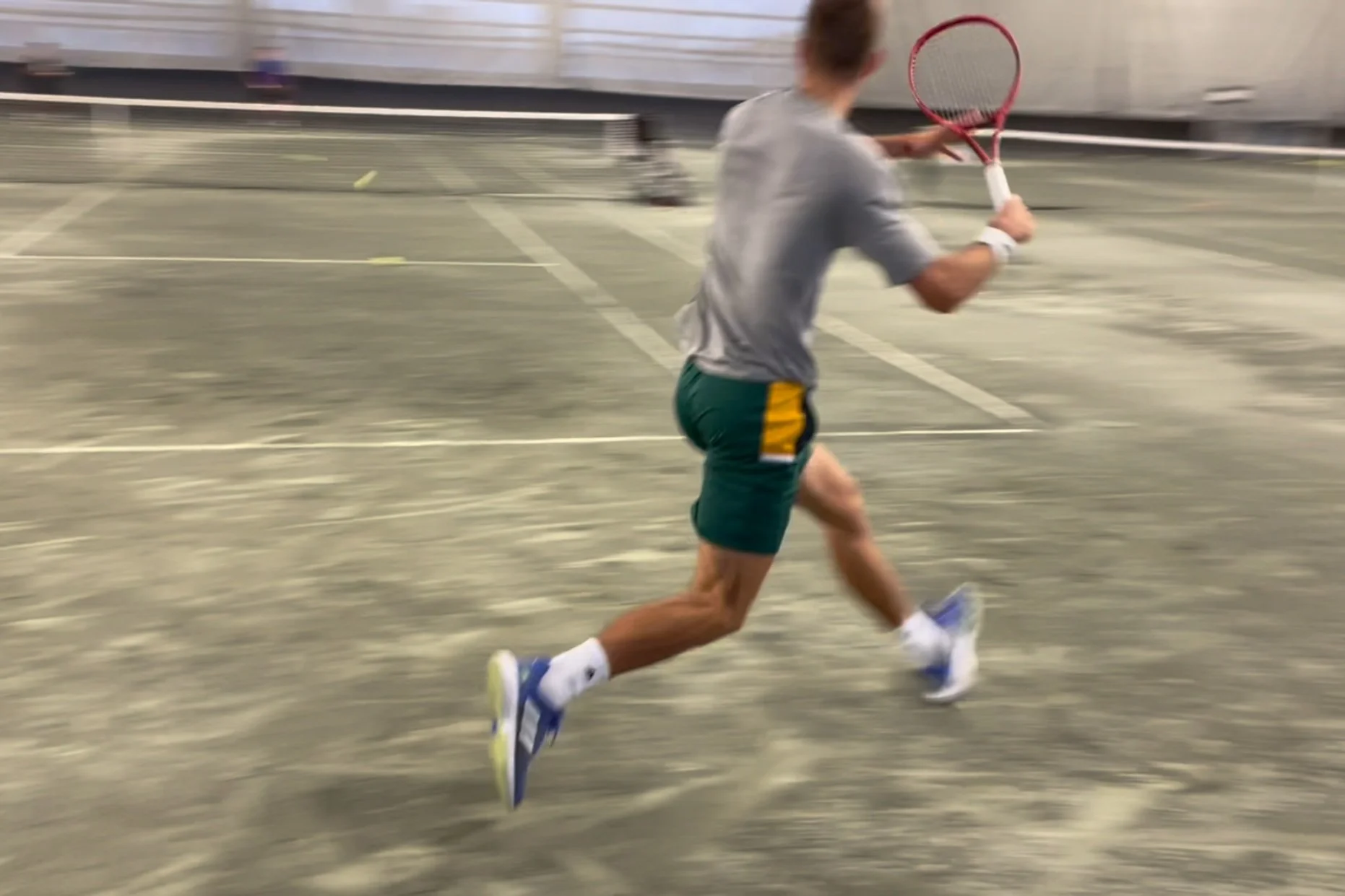Medicine ball training is a widely popular training modality amongst tennis players at all ages and levels. More specifically, med ball (MB) training is primarily used to augment rotational power. For a review of the underpinning science and theory on this topic, please take a look at a previous post on this topic. Why augment rotational power though? Today's game is classified as power based - players are hitting the felt off the ball. The rationale from a training perspective is as follows: increase rotational power and you'll increase hitting speeds - whether that's groundstroke or serve speeds.
Viewing entries tagged
overload throwing
In last week’s post, we took a closer look at the force-velocity relationship and it’s underlying science. Recall that when force requirements are high, velocity outputs will be low - and vice versa. This has important implications because of the different movement requirements on a tennis court along with the methods used to improve relevant athletic qualities. Look at the figure below - it’s a theoretical look at where certain movements and strokes etc. lie on the force-velocity curve (this is an adapted representation based on science and my anecdotal experience). Even some of these movements will have different force-velocity requirements at the muscular level - when decelerating for a wide ball for instance, the initial deceleration step will have higher forces acting on the lower-body then the last step just before planting (because we’re trying to stop from a relatively fast movement speed).
There’s no argument that the first serve is quite important on both the men’s and women’s tours. The percentages speak for themselves - the top servers on tour win about 3 out of every 4 points when the first one goes in and only about half the points when they miss the first serve. Those are the stats. And although spin, direction, patterns etc. have a lot to do with that, it seems that the bigger your serve, the more points you win.
Which brings me to the focus of this article. I recently started a 6-week pilot study to see if an overload throwing program can improve serve speed. More specifically, I’ll be throwing a weighted ball (similar to a medicine ball only smaller) twice per week and tracking serve speed on a weekly basis.




